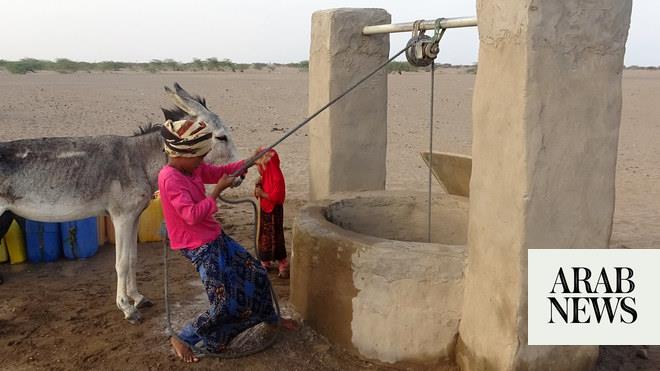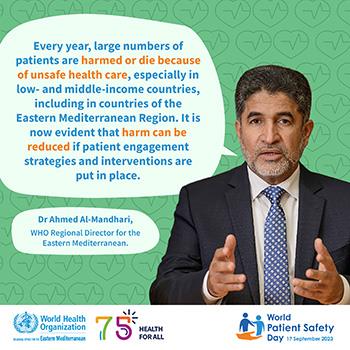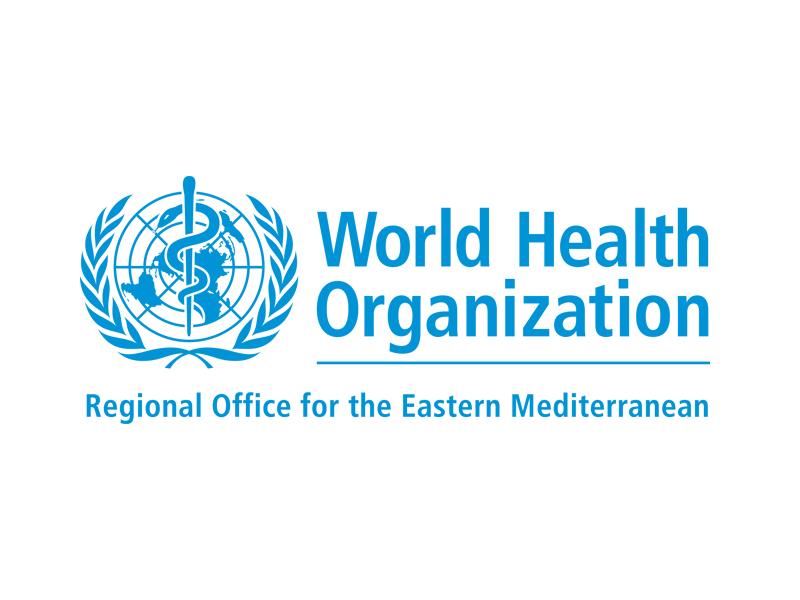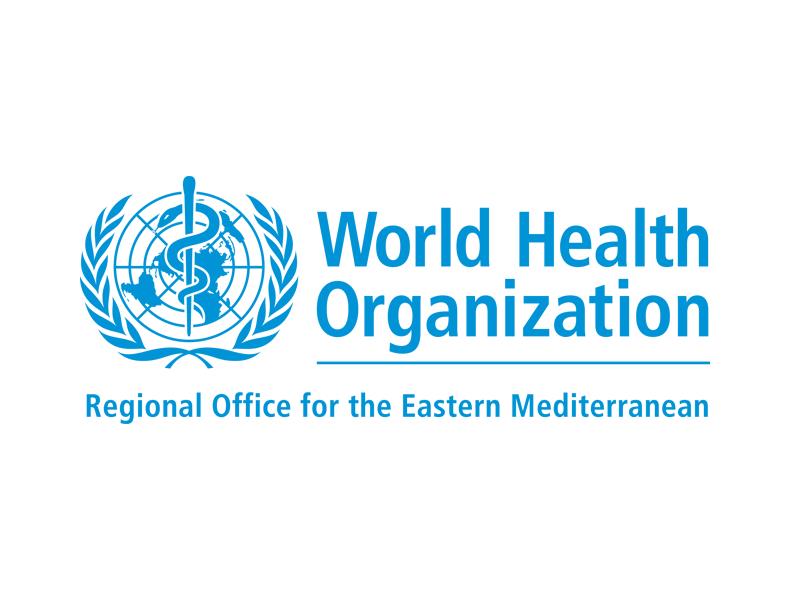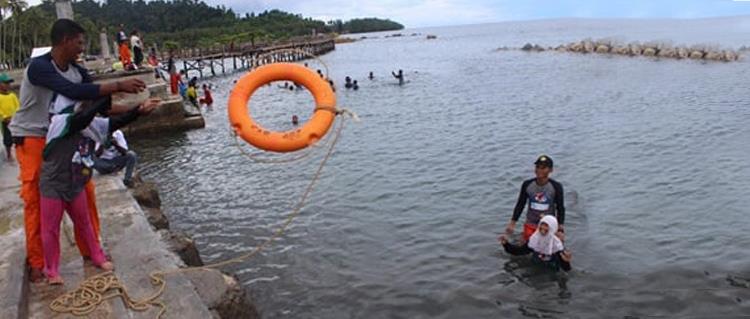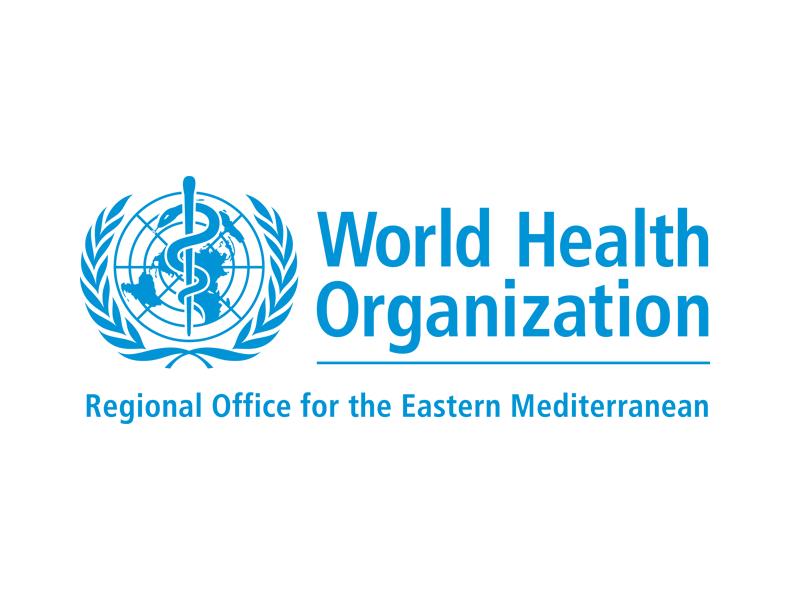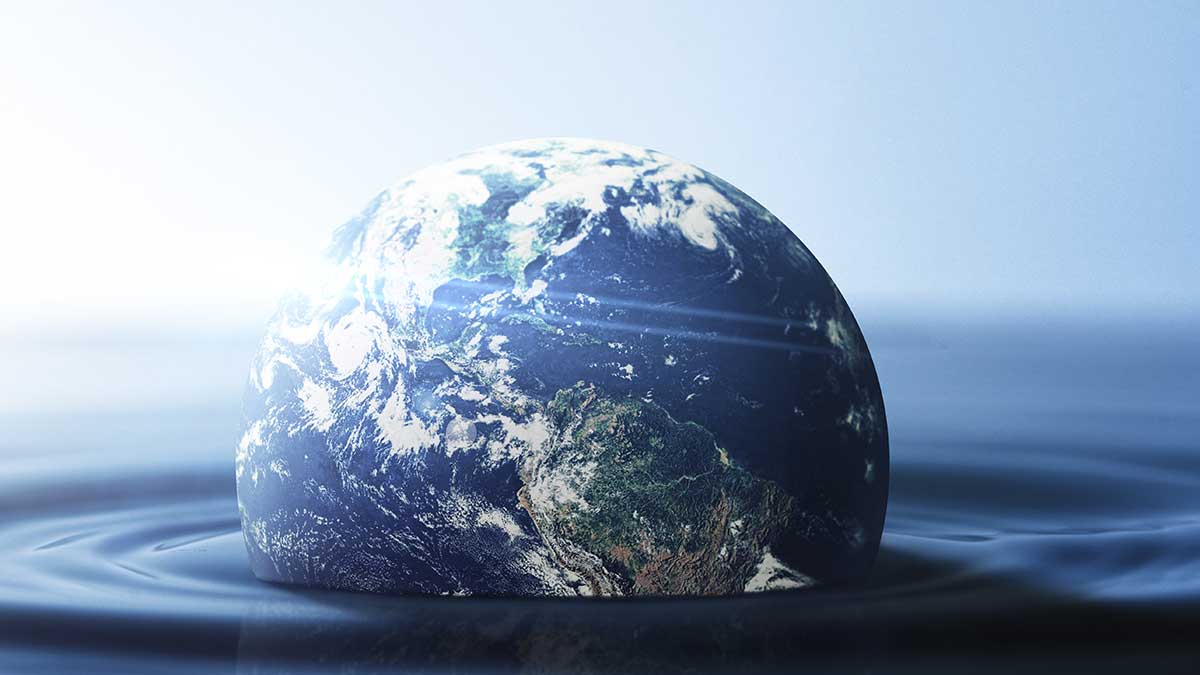
Around 71% of planet Earth’s surface is covered with water — from the oceans to the glaciers in the North and South Poles.
However, most of this water is either inaccessible or highly saline and cannot be used to support the survival of many living species, including humans.
Despite the vast amount of water on the “blue planet,” only 0.5% of it is freshwater.
A lazy image
Water stress hotspots
Most of the Middle East, especially the Arabian Peninsula, is a hyper-arid environment receiving little to no rainfall in some areas.
The region is too dry to support vegetation due to limited sources of freshwater, with the average annual rainfall below 100 mm, while in the U.S., for example, the average is approximately 883 mm.
This extreme climate puts Saudi Arabia in a water crisis. In fact, around half of the world’s population is experiencing severe water scarcity for at least some part of the year and this is going to get worse due to the impact of climate change.
A lazy image
Global water stress hotspots
The entire Gulf Cooperation Council is classified as a water-scarce region by the U.N., and Saudi Arabia falls way below the severe water-scarcity threshold at only 89.5 cubic meters of renewable water per capita per year.
By comparison, Oman sits just above the threshold with 516.2 cubic meters.
A lazy image
Severe water-scarcity threshold
Saudi Arabia’s water consumption
Saudi Arabia may be going through a water-scarcity crisis, but the country has one of the largest water consumptions in the world at 278 liters per capita per year.
The high demand is partially met by nonrenewable groundwater sources and seawater desalination plants (a process that takes away mineral compounds from saline water), making Saudi Arabia the largest desalinator in the world.
Nonrenewable groundwater can take thousands of years to form and will take many millennia to get replenished. Seawater desalination is also an energy intensive process, which has an environmental and financial impact.
Saudi Aramco’s efforts
With the country’s hyper-arid environment, Aramco has long recognized the value of each molecule of water.
The first mandate that was issued by the company to protect the environment was in 1963 with the Environmental Protection Policy.
Another policy that was issued and recently revised is the Water Conservation Policy, which consists of four main pillars that strive to maximize wastewater reuse, minimize water losses, optimize water demands, and promote sustainable alternatives.
Aramco wants to move away from the use of groundwater and maximize the use of more sustainable water sources, such as seawater and treated sewage effluent (TSE).
This includes the use of treated seawater instead of groundwater for injection to maintain pressure in oil reservoirs to support production. The company has built the largest seawater treatment plant at Qurayyah.
Since 1978, Aramco has been able to conserve more than 160 billion gallons of groundwater.
There are also more than 1,600 groundwater monitoring wells in 63 facilities that monitors the quality of groundwater.
In Aramco’s communities, reuse of TSE has been implemented for irrigation and utility uses, achieving approximately 70% of the TSE utilization rate.
Top tips to conserve water
Aramco is observing World Water Day as a reminder of the value of this precious source, but water conservation is the responsibility of everyone.
Here are some simple actions you can take to help tackle water scarcity:
Choose to take a shower rather than a bath
Do not do laundry unless your washer is full
Replace the faucets in your house with water-saving faucets or automatic faucets
Close water taps when not in use
Report water leaks immediately
Implement practices of water reuse in your house.
References
https://waterscarcityatlas.org/
https://public.wmo.int/en/media/press-release/protect-our-people-and-future-generations-water-and-climate-leaders-call-urgent
https://www.un.org/en/climatechange/science/climate-issues/water#:~:text=About%20two%20billion%20people%20worldwide,and%20population%20growth%20(WMO).
— By Jasim R. Al-Anazi and Mousa Alharthi




